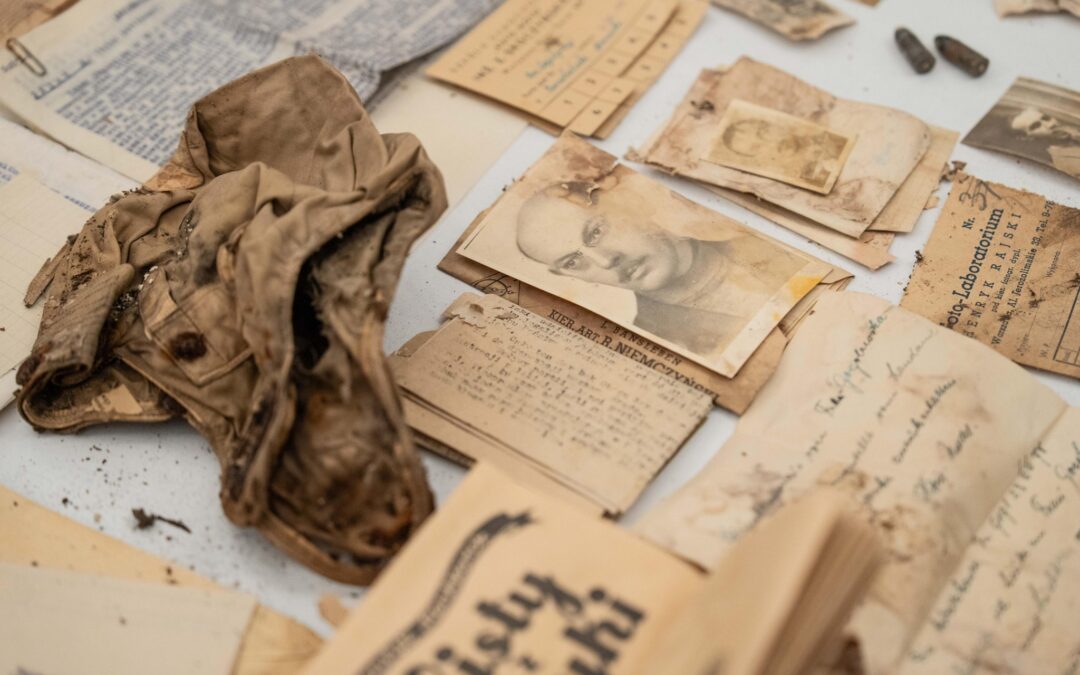Keep our news free from ads and paywalls by making a donation to support our work!

Notes from Poland is run by a small editorial team and is published by an independent, non-profit foundation that is funded through donations from our readers. We cannot do what we do without your support.
Two wooden shipwrecks dating to the 18th century have been discovered in the Baltic Sea off the northern coast of Poland. The divers who made the discovery reported finding well-preserved ceramics and glass bottles on board one of the ships.
The vessels were located during a recent survey conducted in the Bay of Gdańsk by the Baltictech diving association in cooperation with the Maritime Office in Gdynia. The wrecks lie close together in a restricted area of the waterway between the ports of Gdynia and Gdańsk.
Analysis has identified some of the pottery on the first ship as originating from Westerwald in Rhineland (present-day Germany), dated between 1725 and 1740. The second ship was dated to the late 18th century.
“It is an unusual feeling to dive a few kilometres from Hel peninsula on completely virgin and previously undived wrecks,” Baltictech wrote in a Facebook post.
The team said the wooden ships, discovered just two kilometres apart, were among eight underwater targets examined during the dives. While most proved to be modern debris or decayed steamships, the two older wrecks stood out for their preservation and historical value.
“It’s just a pity that they lie right in the waterway and will probably lie there quietly for decades to come,” Baltictech concluded. The team is due to communicate further discoveries soon.
The Polish divers gained international attention last year after Baltictech was involved in the discovery of a shipwreck near Sweden’s Öland Islands containing 100 bottles of champagne.
In late April and early May this year, the team resumed their exploration efforts of that wreck, taking advantage of the Baltic Sea’s clear – though very cold – waters during this period. They were joined by a champagne expert who assisted in analysing the bottles’ contents.
“We already know with great probability that this is champagne produced around 1850 for the [Russian] tsar’s court and specifically for Tsar Alexander II,” Baltictech wrote on Facebook. “It contains 110 grams of sugar per litre of liquid and 12% alcohol and, most importantly, is still drinkable.”

Notes from Poland is run by a small editorial team and published by an independent, non-profit foundation that is funded through donations from our readers. We cannot do what we do without your support.
Main image credit: Muniorek1983/Wikimedia Commons (under CC BY-SA 3.0)

Alicja Ptak is deputy editor-in-chief of Notes from Poland and a multimedia journalist. She has written for Clean Energy Wire and The Times, and she hosts her own podcast, The Warsaw Wire, on Poland’s economy and energy sector. She previously worked for Reuters.



















